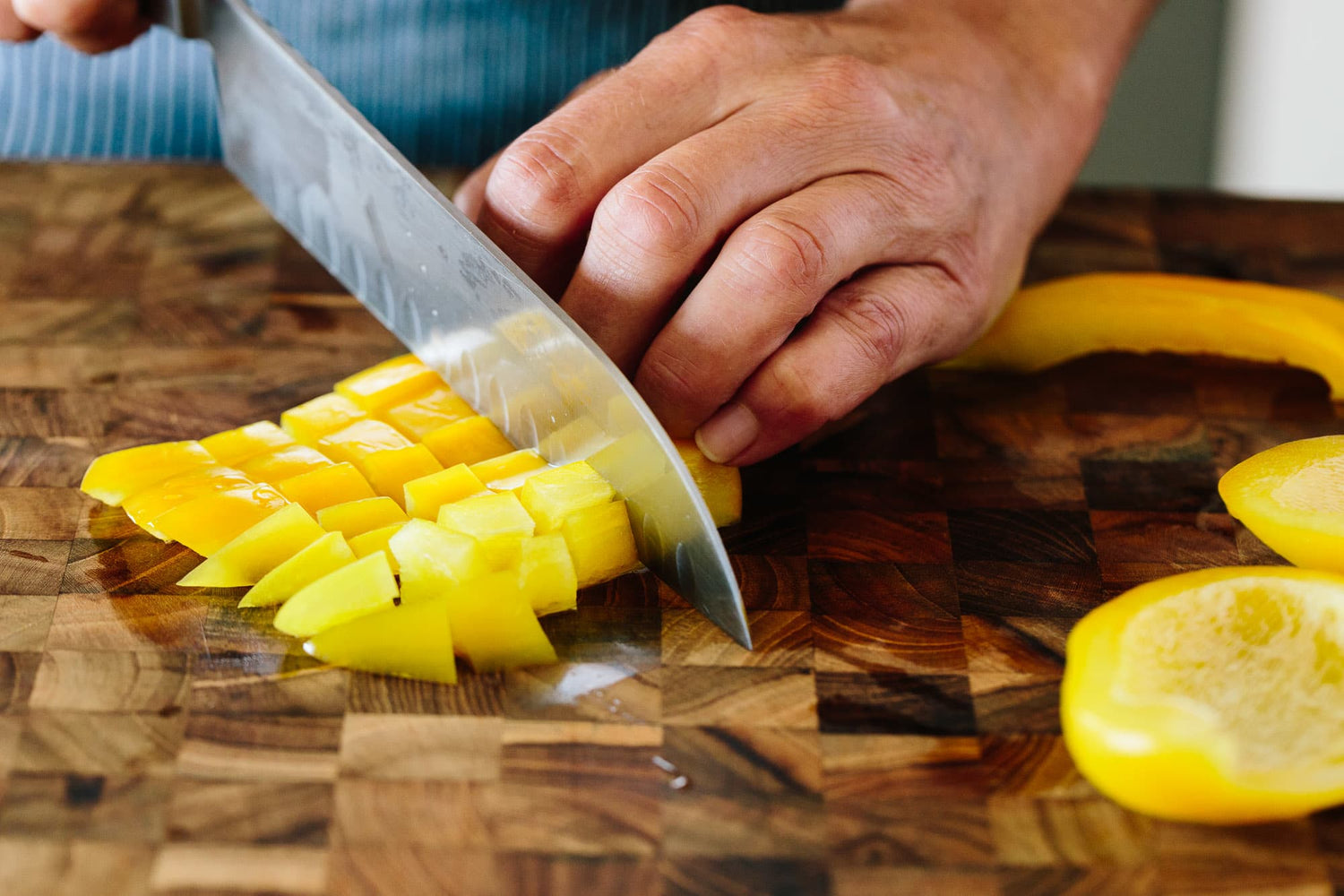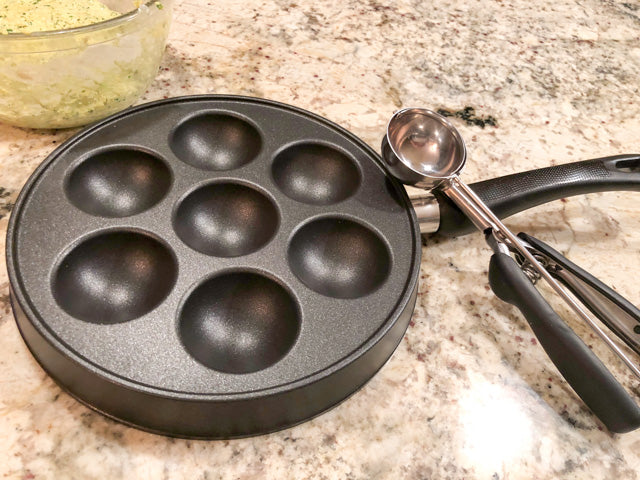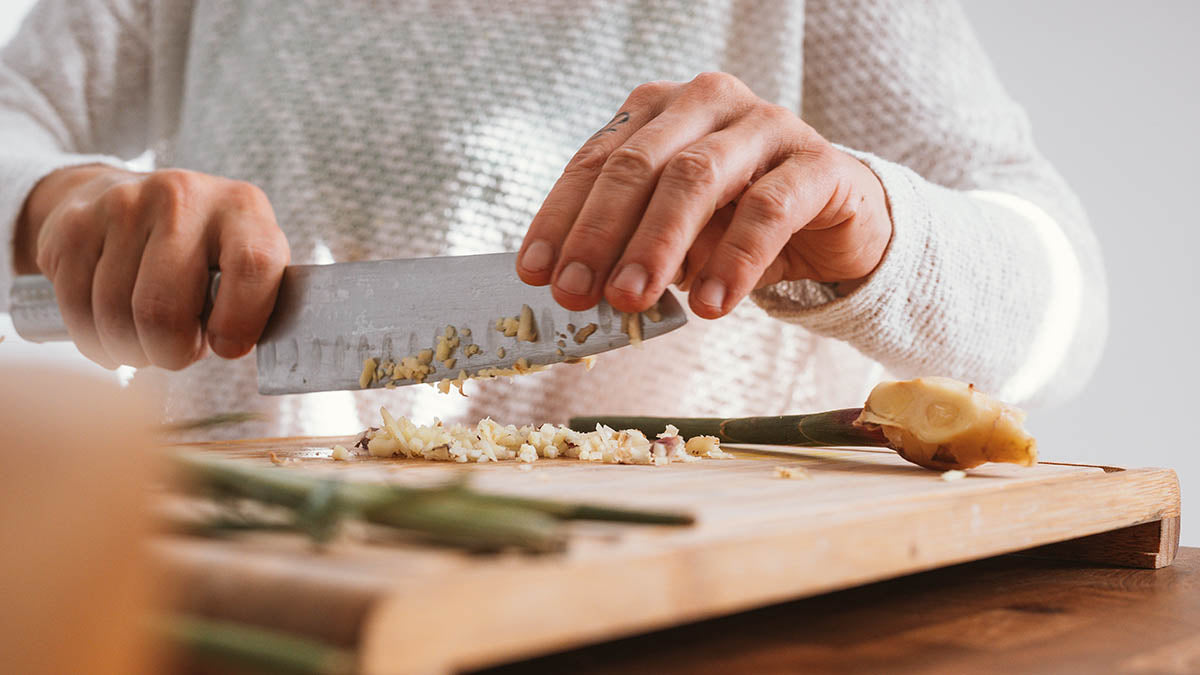In any kitchen, your cutting board is an invaluable companion. From chopping crisp vegetables to slicing succulent meats, it plays a crucial role in your culinary tasks. However, without proper care, even the toughest cutting boards can degrade, warp, or become unsanitary. Learning how to properly wax a cutting board is key to ensuring the lifespan, durability, and cleanliness of this essential kitchen tool.
You might wonder why waxing is so crucial. Waxing serves as a shield, preventing moisture absorption and sealing the board's porous surface. This straightforward yet impactful maintenance routine protects against cracking and keeps the surface smooth and safe for food prep. In this guide, well walk you through the waxing process step-by-step and offer expert tips to extend the life of your cutting board.

Understanding the Importance of Waxing Your Wooden Cutting Board
Wooden cutting boards require a specific kind of care that sets them apart from plastic or composite varieties. Unlike their plastic counterparts, wooden boards are porous and can trap liquids and bacteria over time. Waxing provides an essential barrier, blocking out moisture and harmful agents while highlighting the natural beauty of the wood.
- Warpage Prevention: Excess moisture can lead to warping and cracking. Wax acts as a water repellent, maintaining your board's original shape.
- Enhanced Hygiene: Waxing fills in micro-scratches and blemishes caused by heavy knife use, minimizing the likelihood of juices and debris getting trapped.
Neglecting the regular upkeep of your cutting board can lead to issues ranging from frequent replacements to food safety concerns. Protect your investment in a high-quality board by mastering proper waxing techniques.
Necessary Tools Before You Begin Waxing
Gather these essential tools and materials before you start the process:
- Food-Grade Mineral Oil: Found at most kitchen supply or hardware outlets, this oil hydrates your cutting board before waxing. Avoid olive or vegetable oils as they can spoil.
- Beeswax or Specialized Cutting Board Wax: Select a high-quality, food-safe wax specifically designed for wood.
- Clean Cloth: Use soft, lint-free cotton or microfiber cloths for the application.
- Heat Gun or Hair Dryer (Optional): Heating the surface can make waxing smoother and more effective.
Optional Tools
Additional helpful items may include sandpaper for older boards, a scraper for residue removal, and an old toothbrush for cleaning crevices. Always ensure your cutting board is sanitized before waxing by following recommended cleaning practices. For more information on cleaning and sanitizing cutting boards, check out our guide on cleaning wooden boards.
Step-by-Step Guide: How to Wax Your Cutting Board
Step 1: Thoroughly Clean and Dry Your Board
Begin by giving your cutting board a deep clean. Use mild dish soap and warm water, scrubbing with a clean sponge to eliminate food residue. Avoid soaking the board, as this can cause damage. After cleaning, dry it thoroughly with a kitchen towel, letting it air dry for at least an hour to ensure all moisture evaporates.
Step 2: Oil the Board
This step is crucial before applying the wax. Generously apply food-grade mineral oil, spreading it evenly with your hands or a clean cloth. Let the oil absorb into the wood overnight or for at least 4-6 hours.
For further information on the benefits of using wooden cutting boards, refer to our detailed guide on using mineral oil.
Step 3: Wax Application
After your board has absorbed the oil, apply a thin layer of wax. Use a soft cloth or your hands to rub it into the wooden surface, making sure to cover every corner, edge, and side.
Step 4: Warm the Surface
To assist the wax in penetrating the wood deeply, gently warm it using a hairdryer or heat gun. Be cautious not to overheat, as this could damage the wood.
Step 5: Buff the Waxed Surface
Once you've applied and warmed the wax, allow it to set for at least 30 minutes. Then, take a clean, dry cloth and buff the entire board in circular motions to eliminate excess wax, giving it a polished finish.
Step 6: Schedule Regular Maintenance
Regular maintenance is vital. Depending on your cutting board's usage, plan to wax it every 2-4 weeks. Boards that see heavy use in professional kitchens may require more frequent waxing.
Avoid These Common Waxing Mistakes
Incorrect Oil Usage: Always use food-safe mineral oil or specialized cutting board oils. Avoid household oils like olive or coconut, as they can spoil.
Waxing on a Dirty Board: Waxing a dirty board traps debris and bacteria, making the waxing effort futile.
Skipping the Oiling Step: Applying wax directly can lead to uneven texture and reduced effectiveness.
FAQs: Your Common Questions Answered
Q: How often should I wax my cutting board?
A: It depends on usage; for daily use in a professional kitchen, waxing every 2-4 weeks is ideal for longevity and hygiene.
Q: Can I wax a plastic or composite cutting board?
A: No, waxing is meant only for wooden cutting boards. Plastic boards require different maintenance approaches.
Q: What type of wax is best?
A: Food-grade beeswax or cutting board-specific waxes are the best choices. Avoid products with colorants or unsafe additives.
For additional cutting board care tips, visit this informative resource from What's for Dinner.

Conclusion
For those in the culinary field, knowing how to wax a cutting board is not just about aesthetics; it's crucial for maintaining a clean and safe workspace. With proper care, your wooden cutting board can serve you well for many years, enduring even the busiest kitchen environments. Follow these instructions and recommendations to maintain your board's beauty, functionality, and longevity.
This article contains affiliate links. We may earn a commission at no extra cost to you.






Leave a comment
This site is protected by hCaptcha and the hCaptcha Privacy Policy and Terms of Service apply.